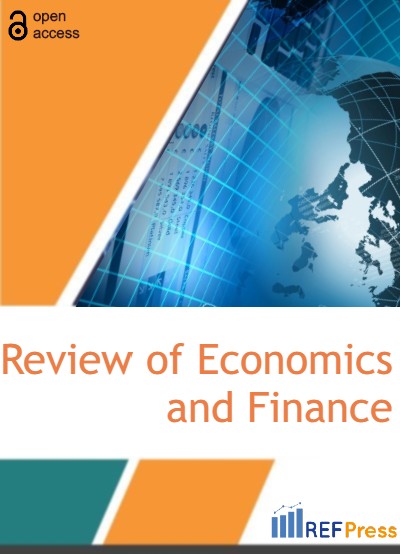
Examining XBRL Adoption Process of Four Regulators using the Diffusion of Innovation Theory on Organisational Context: A Malaysian Evidence
(Pages 22-31)Azleen Ilias1, Erlane K Ghani2,* and Zubir Azhar3
1College of Business and Administration, Universiti Tenaga Nasional, 26700, Pahang, Malaysia.
2Faculty of Accountancy, Universiti Teknologi MARA, Cawangan Selangor, Kampus Puncak Alam, Selangor, Malaysia.
3School of Management, Universiti Sains Malaysia, 11800 USM, Penang Malaysia.
DOI: https://doi.org/10.55365/1923.x2023.21.3
Abstract:
This study investigates the organisational factors that influence the XBRL adoption process involving three phases namely, knowledge and persuasion, decision making and, implementation and confirmation phase. This study utilises the Diffusion of Innovation theory and the qualitative approach on four regulators in the financial reporting environment in Malaysia. This study finds that in the knowledge and persuasion phase, management support is the driving factor whilst lack of expertise, skills and knowledge on XBRL are challenges. In the decision-making phase, capability and data assurance are challenges whilst in the implementation and confirmation phase, resource capacity, adoption cost and financial resources are the driving factors to XBRL adoption process. This study finds lack of expertise, skills and knowledge have encouraged the regulators to rely on external sources in development of XBRL. The findings in this study shed some lights on the XBRL adoption process among regulators and contributes to the financial reporting landscape.
Keywords:
Adoption Process, XBRL, Organisational, Diffusion of Innovation, Regulator.
How to Cite:
Azleen Ilias, Erlane K Ghani and Zubir Azhar. Examining XBRL Adoption Process of Four Regulators using the Diffusion of Innovation Theory on Organisational Context: A Malaysian Evidence. [ref]: vol.21.2023. available at: https://refpress.org/ref-vol21-a3/
Licensee REF Press This is an open access article licensed under the terms of the Creative Commons Attribution Non-Commercial License (http://creativecommons.org/licenses/by-nc/3.0/) which permits unrestricted, non-commercial use, distribution and reproduction in any medium, provided the work is properly cited.
